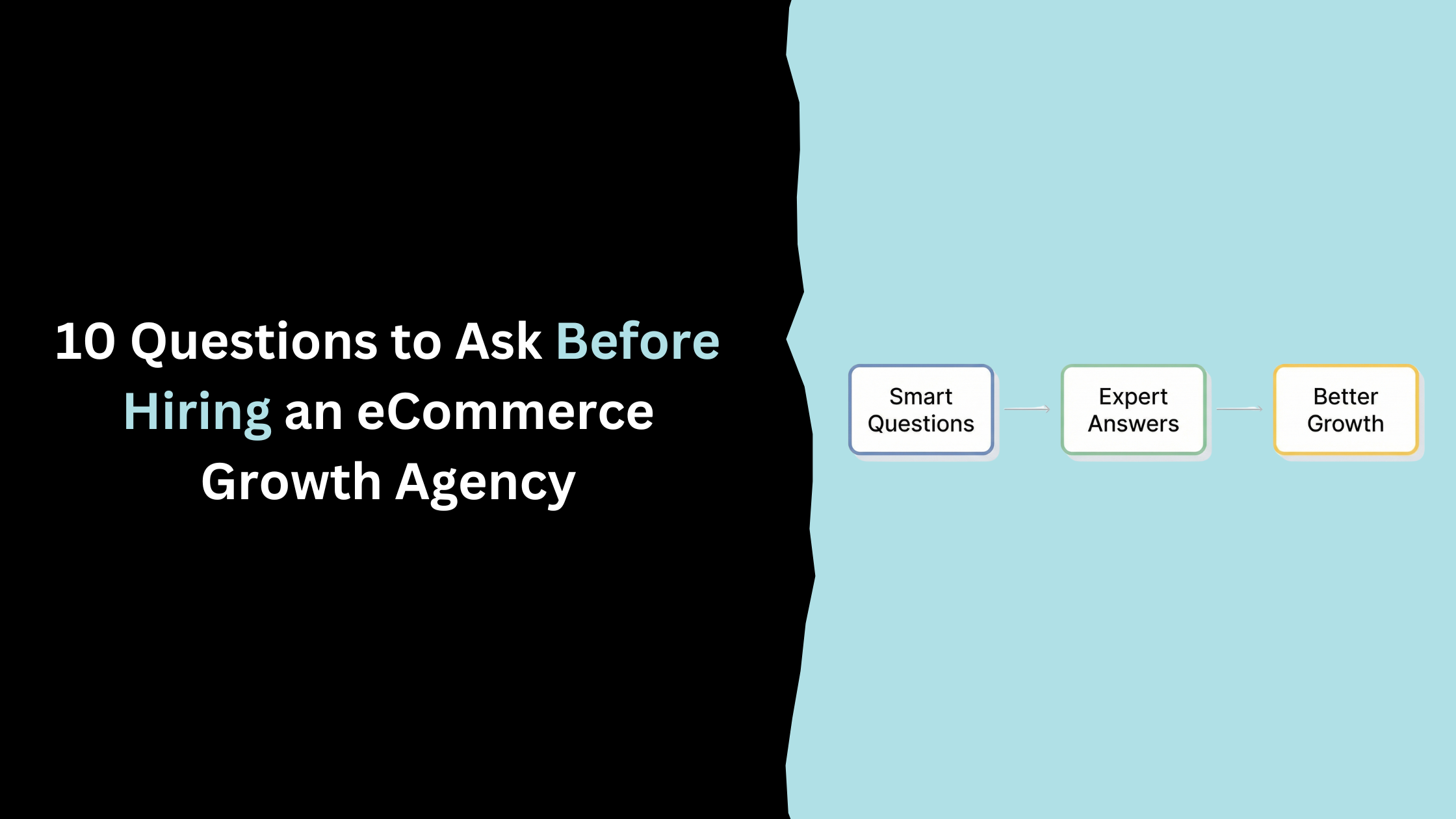Table of Contents
Link building is alive and more important than ever!
Before, building any kind of link was sure to give you SEO benefits.
But now, only the best links get recognition in Google’s eyes.
Great links give your site authority and a lot of traffic.
The only catch is that you’ll need to really work on building high quality links instead of making junk ones.
A hundred links may only contain a few, really good ones. Most marketers tend to give up building links via outreach because they’re used to using shady methods to get more links in less time and getting more instant gratification. This leads them to believe it’s not really worth the effort to do it properly, because good link building takes time…
Smart marketers tend to optimise their link building tactics and as a result, get better conversion rates.
Want to know the secret to improving and optimising your outreach for link building to get awesome conversion rates?
You’ve come to the right place. Keep reading and I’ll show you.
#1 Don’t ask for a link straight away
Let’s start with writing up a really great outreach email.
Maybe you’ve just created an epic blog post and you’re looking to get links for it. An email outreach campaign can get the job done as long as you follow the rulebook:
- Use a polite tone
- Don’t be too pushy
- Don’t make it seem like you just want to get a link
Back in the day, you could potentially acquire 10, maybe 20 links for every 100 emails sent as long as you asked nicely and didn’t have any misspellings or bad grammar.
Today, you’d be lucky to get a dozen response. What happened?
Lazy marketers are to blame…
They started copying and pasting templates that were meant to be used as guidelines. Here’s an example from our link building guide:
Hi [NAME],
I came across your incredible [INDUSTRY/NICHE] resource page (LINK) and wanted to give you a quick pitch for inclusion.
I’ve created a new piece of content about [TOPIC] that I think would be great for your readers.
If interested, you can check it out here (LINK).
Have a great day!
The result? Blog owners and businesses start getting spammed with similar-looking emails asking for links.
What do these bloggers do? Understandably, they treat it as spam and delete it right away.
Now, let me ask you this: Would you read an outreach email if the first few sentences contain a link right away?
Probably not. It’s an obvious sign that the email sender wants something from you.
People don’t like being used. This is a fact of life. More often than not, these people will delete your email as soon as they get suspicious.
So what do you do in these cases? The opposite. If bloggers are sending links right from the start, then do things a bit different. Don’t insert any links at all in your first email!
Here’s an example. Instead of “Hey, I’ve got a great dog training guide that will knock your socks off! [LINK]”
Why not this? “Hi, I noticed that most of your posts are about dogs. I did some research and found an obscure training technique that really worked well. If it’s not too much trouble, I’d like to know what you think about it. Can I send you the link?”
This gets the person to think that you’re sending something that actually benefits them, which in turn gets a response of something like, “Sure, why not. Send it over.”
While this does not guarantee a link, you’re more than likely to get a conversion if you have great content.
#2 Keep it short
Remember the lazy marketers who copy email templates?
Forget them. The person I want to talk about are the marketers who go the extra mile.
Good marketers are awesome because they put their effort in everything they do.
But sometimes this attitude presents a certain disadvantage when it comes to creating emails.
More specifically, sometimes the email can be too long.
Think about it for a second. A typical reader won’t have 10 minutes to spare reading a thousand-word email.
They’ll likely look at it, see the length and promptly press the “delete” button.
The bottom line here is you shouldn’t try hard to make a connection.
Keep it simple and straight to the point. Save the story for when you get a reply.
A good email outreach would be around 4 to 6 sentences, or under 200 words. Try to keep this in mind when crafting your next email.

#3 Don’t ask them to do too much
Would you refuse a person who asks you to take a picture while you’re out in the streets?
Probably not. But you would certainly say no when that very same person who asks you to do a photo session that lasts for an hour.
My point is that the more you ask of your target, the less they’re likely to agree.
Sure, you’ll need to insert the link somewhere in the conversation, but how do you do it?
Would you send this “Hey there. Here’s a link to my content. I’d appreciate it if you could put this up anywhere in your website.” and expect a positive response?
Probably not. It’s too much work, really.
The blogger will have to do a lot of things.
They will have to read your content, do some digging in their old blog posts AND find a suitable spot from where they could insert your link.
Sad to say, but this is the reason why you have a low conversion rate. The only way to get a chance is to make it easy for them to link to your content.
Here’s a few ideas for you:
- Find content within the blogger’s website that will make a perfect fit for your link. Write up some additional text to make the link fit in their content naturally.
- Send an embed code if you’re promoting infographics.
- Offer the blogger future content that can prove to be very useful, highly informative and engaging. Make sure your link fits in this content.
- Offer to edit and improve past blog posts as leverage for posting your link. Send the finished text in a format for easier posting.
These are just a few examples you can try out. Make it easy for them to say yes!
#4 Make sure you’re emailing the right person
One surefire way to get zero conversions is to send your email to the wrong person.
This may sound stupid, but it does happen.
You could be sending dog training links to bloggers whose niche is home improvement.
Or, you could be making subtle mistakes with your targeting.
How does this happen? For one, you could be targeting the wrong bloggers when you use your marketing tools.
You’ve written an amazing guide on how to do social media marketing the right way.
Now, you’re doing a search for the appropriate sites to send your link to.
You type in “marketing” and get sales bloggers, paid advertising sites and SEO companies. The only problem is, these aren’t the best fit for your content.
Sure, you’ll get a few responses when you send 500 emails, but most of them will just delete your email.
Why? Because it’s clear that you don’t have an idea of what these bloggers do and what they write about.
While it’s true that this tactic may sometimes be used to get links in a niche that’s somewhat related to yours, you’ll have to explain why you’re doing this and how they can benefit from it.
To get a higher conversion rate you’ll need to target sites that are most likely to respond to your link request.
Take the time to weed out the irrelevant contacts and you’ll gain a higher conversion rate in terms of bloggers who will want to link to you.

Use tools like Hunter.io to find people’s emails.
#5 Read the guidelines
Think guidelines aren’t important?
Think again.
An outreach email that says something like, “Hey there. I’d love to brainstorm some ideas with you on how we can promote our products better.”
The recipients immediate thought will be, “Why would I want to help someone with their campaign idea? It’s their job.”
Simply put, it’s the incorrect approach. Come up with an idea before you actually start sending the emails – this could be anything from a guest post topic to a product review angle.
There will be times when the blogger will actually want to talk things out or share their ideas with you. In this case, it’s best to have an idea of what they’d want in order to convince them to participate. Think about what matters for them and start from there.
Keep in mind that what matters for them doesn’t always concern payment. Some bloggers are just looking for an opportunity to get some awesome content for their blog, while others will want a product they can review.
Focus on your target’s wants and you’ll have an easier time convincing them to participate.

#6 Make a phone call
In this age of instant communication and emails, will a phone call really work?
A cold call to a blogger before sending out any kind of email will most likely be a bad idea.
But a well-placed call after a few emails exchanged can really prove to be helpful.
Consider these situations:
- A phone call can be the push you’re looking for if the blogger is undecided.
- You can answer any questions or concerns in real time.
- A call is much more personal compared to an email, which can build a trusting relationship early on.
- You set yourself apart from the other marketers when you make a phone call.
Keep in mind that a phone call requires careful judgment and it should be done at the right time.
Granted, there are some bloggers who prefer to deal solely via email, but it can’t hurt to try. A phone call can be the deciding factor in convincing a blogger to work with you.
#7 Always. Be. Testing
There’s always room to improve your email outreach.
To see how well you’re doing, you should always be testing and measuring key metrics.
Email clients such as Mailshake allow you to track vital elements in your email campaign, i.e. opens, response rates, etc. and even enable you to do some split testing.
You wouldn’t want to go full automation though, because outreach still requires some sort of personalisation, or that “human touch”.
You can achieve better balance by testing out key factors such as opening sentences, sign offs and subjects. These elements can be replicated for all your email without affecting the human aspect, and yet they can be effective in improving open and response rates.
If you don’t want to use an email client, you can record your tests in a spreadsheet. The important thing is to make sure you’re keeping track of tests, whichever way you do it.
By keeping track of what works and what doesn’t, you’ll eventually get the winning formula.
Keep in mind that not all bloggers will respond to the same formula, so keep on working, tweaking and striving towards success!
Conclusion
Optimising your outreach for link building campaigns is important if you want to make the most of your time.
The higher the conversion rate, the more traffic your site gets and the more revenue it makes.
Now that you’ve read my tips for improving your email outreach for link building, it’s time to stop thinking and start improving!
It’s truly possible to get double or even triple your current conversion rate if you follow my advice. This alone can make a huge difference in both marketing performance and your site’s success.
Get in touch today
complete the form below for an informal chat about your business







